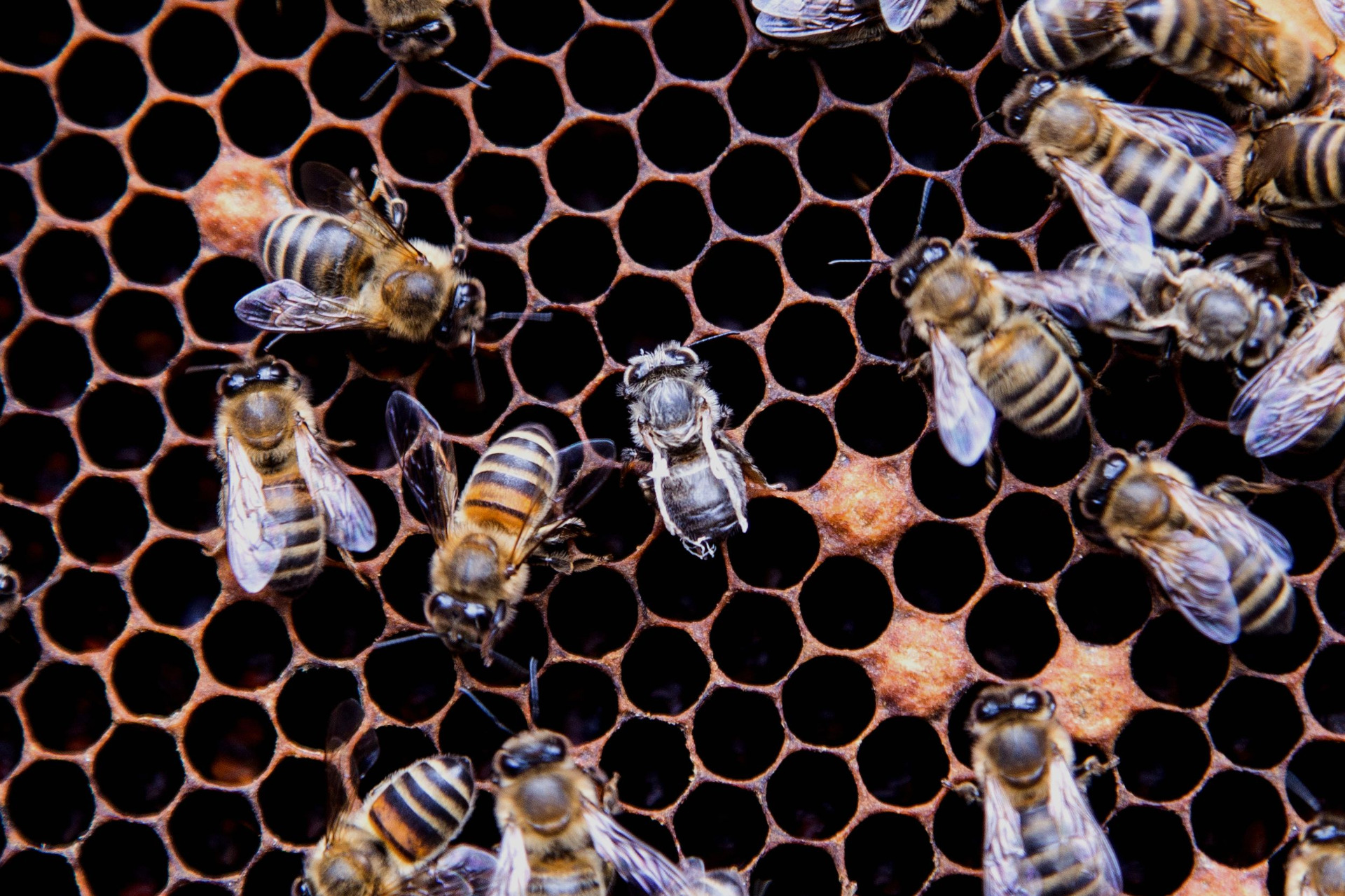Výsledky publikované mezinárodním týmem
Comparison of apiculture and winter mortality of honey bee colonies (Apis mellifera) in Austria and Czechia
Honey bees are the most important managed pollinators and provide income
because of bee products. In Austria and Czechia, we monitored winter
losses of honey bee colonies and also collected information on the
apicultural sector, hive management, population dynamics and treatment
against the mite Varroa destructor from 2013-14 to 2016-17.
Numbers of beekeepers and colonies, colony density and percentage of
beekeepers in human population are higher in Czechia than in Austria.
Winter loss rates of honey bee colonies ranged from 8.1% to 28.4% in
Austria and 6.4% to 19.4% in Czechia, with significantly higher loss
rates in all 4 investigated winters in Austria. The portion of colonies
lost because of living colonies with unsolvable queen problems ranged
from 3.6 to 4.4% in Austria and from 2.2 to 3.0% in Czechia. Despite of
colony losses during winter, colony production in summer allows for
compensation or even expansion of colony populations in both countries.
We identified differences between the two countries in the treatments
applied by beekeepers against the parasitic varroa mite. In Austria,
organic acids are most commonly used, whereas the application of
synthetic acaricides is widely spread in Czechia. Our study points at
the better understanding of apiculture and the importance of
international comparisons to facilitate our knowledge on honey bee
colony losses.
Loss rates of honey bee colonies during winter 2017/18 in 36 countries participating in the COLOSS survey, including effects of forage sources
This short article presents loss rates of honey bee colonies over winter
2017/18 from 36 countries, including 33 in Europe, from data collected
using the standardized COLOSS questionnaire. The 25,363 beekeepers
supplying data passing consistency checks in total wintered 544,879
colonies, and reported 26,379 (4.8%, 95% CI 4.7-5.0%) colonies with
unsolvable queen problems, 54,525 (10.0%, 95% CI 9.8-10.2%) dead
colonies after winter and another 8,220 colonies (1.5%, 95% CI 1.4-1.6%)
lost through natural disaster. This gave an overall loss rate of 16.4%
(95% CI 16.1-16.6%) of honey bee colonies during winter 2017/18, but
this varied greatly from 2.0 to 32.8% between countries. The included
map shows relative risks of winter loss at regional level. The analysis
using the total data-set confirmed findings from earlier surveys that
smaller beekeeping operations with at most 50 colonies suffer
significantly higher losses than larger operations (p < .001). Beekeepers migrating their colonies had significantly lower losses than those not migrating (p < .001),
a different finding from previous research. Evaluation of six different
forage sources as potential risk factors for colony loss indicated that
intensive foraging on any of five of these plant sources (Orchards,
Oilseed Rape, Maize, Heather and Autumn Forage Crops) was associated
with significantly higher winter losses. This finding requires further
study and explanation. A table is included giving detailed results of
loss rates and the impact of the tested forage sources for each country
and overall.
Multi-country loss rates of honey bee colonies during winter 2016/2017 from the COLOSS survey
In this short note we present comparable loss rates of honey bee
colonies during winter 2016/2017 from 27 European countries plus
Algeria, Israel and Mexico, obtained with the COLOSS questionnaire. The
14,813 beekeepers providing valid loss data collectively wintered
425,762 colonies, and reported 21,887 (5.1%, 95% confidence interval
5.0-5.3%) colonies with unsolvable queen problems and 60,227 (14.1%, 95%
CI 13.8-14.4%) dead colonies after winter. Additionally we asked for
colonies lost due to natural disaster, which made up another 6,903
colonies (1.6%, 95% CI 1.5-1.7%). This results in an overall loss rate
of 20.9% (95% CI 20.6-21.3%) of honey bee colonies during winter
2016/2017, with marked differences among countries. The overall analysis
showed that small operations suffered higher losses than larger ones (p < 0.001).
Overall migratory beekeeping had no significant effect on the risk of
winter loss, though there was an effect in several countries. A table is
presented giving detailed results from 30 countries. A map is also
included, showing relative risk of colony winter loss at regional level.
Preliminary analysis of loss rates of honey bee colonies during winter 2015/16 from the COLOSS survey
In this short note we present comparable loss rates of honey bee
colonies during winter 2015/16 from 29 countries, obtained with the
COLOSS questionnaire. Altogether, we received valid answers from 19,952
beekeepers. These beekeepers collectively wintered 421,238 colonies, and
reported 18,587 colonies with unsolvable queen problems and 32,048 dead
colonies after winter. This gives an overall loss rate of 12.0% (95%
confidence interval 11.8-12.2%) during winter 2015/16, with marked
differences among countries. Beekeepers in the present study assessed
7.6% (95% CI 7.4-7.8%) of their colonies as dead or empty, and 4.4% (95%
CI 4.3-4.5%) as having unsolvable queen problems after winter. The
overall analysis showed that small operations suffered higher losses
than larger ones. A table with detailed results and a map showing
response and relative risks at regional level are presented.




